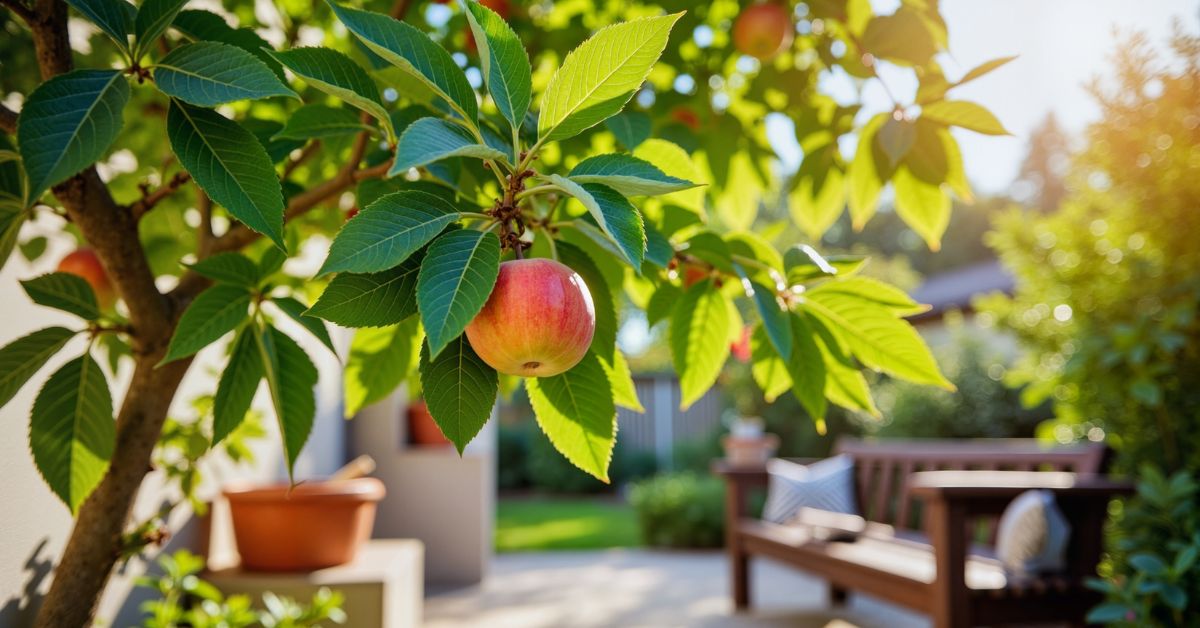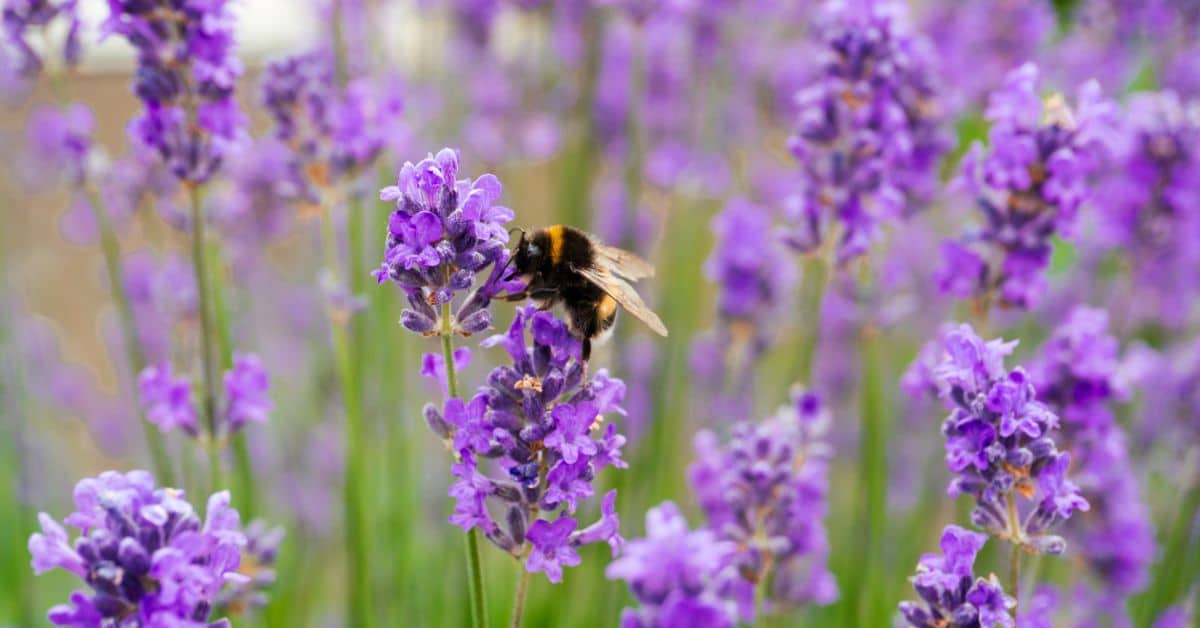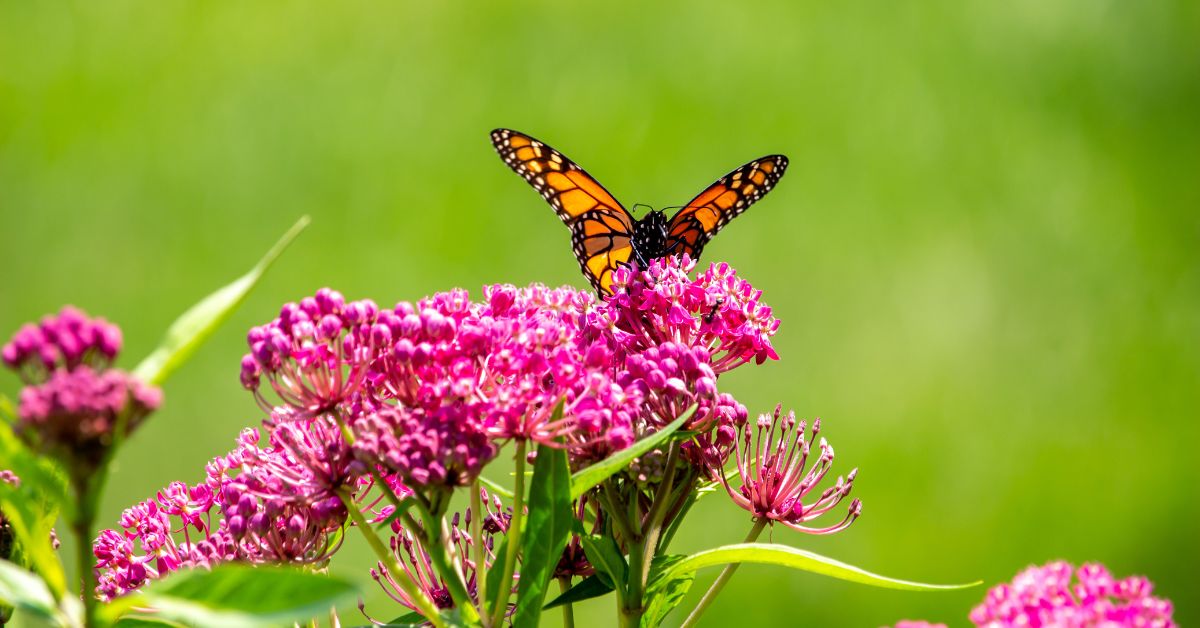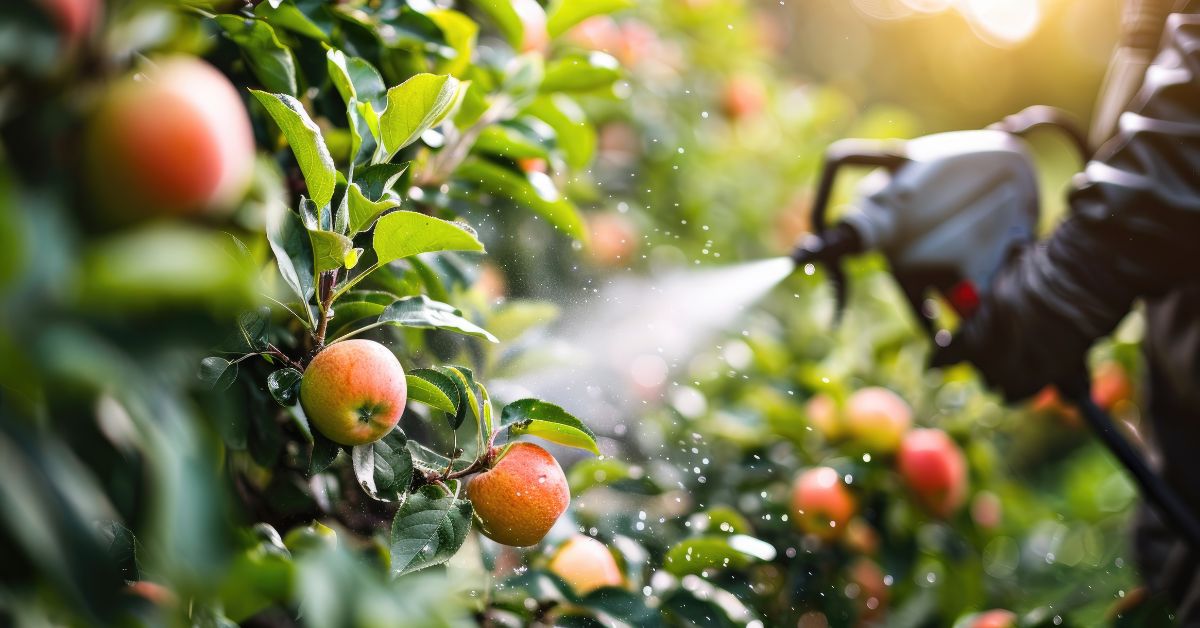

Five hundred years ago, Christopher Columbus set sail in search of precious goods. Upon returning to Spain from his 1493 voyage, his ships were full not of rare metals and jewels, but rather, the exotic plants and foods he had found in the West Indies: tomatoes, cacao, tobacco, and chili peppers of all kinds.
The new plants spread quickly throughout the Old World, especially the peppers, which grew well in many climates. Soon, Hungarians began to enjoy stews rich with dark-red paprika, and Italians smoldering chili-based arrabbiata sauces. South Asians developed a series of mouth-ravaging pepper curries, and the Japanese invented fiery santaka and togarashi sauces and garnishes.
Peppers thrived in North America as well. Thomas Jefferson grew several mild varieties in his gardens at Monticello. Travelers to the newly opening West brought back seed stock from the upper Rio Grande Valley and along the Mexican border, introducing now customary sweet pepper relishes and hot sauces to Southern cuisine. Wherever they went, from their origins in the lowland jungles of Peru to the finest restaurants of Peoria, Paris, and Peking, the peppers enjoyed a spectacular success for both their culinary and medicinal qualities.
Hot and Healthful
While the peripatetic pepper’s culinary qualities are obvious and often celebrated, its nutritional and medicinal qualities are perhaps less obvious. Nonetheless, peppers are rich in vitamins A and C (a single sweet pepper can pack as much vitamin C as an orange), in riboflavins and natural fibers.
Hot peppers can stimulate digestion, tone the cardiovascular system, reduce cholesterol, and burn off excess calories. A Mexican cowboy I know swears they can cure ulcers and relieve earaches (they unclog the eustachian tubes). They can also dull pain. Latino curanderos have known this for countless generations, concocting many kinds of analgesics from chilies. Modern medicine has just begun to catch up with this ancient knowledge: some studies have suggested that pepper ointment can bring relief to patients who have undergone invasive surgery, because the pepper short circuits nerves that would otherwise produce agonizing pain. Besides relieving pain, peppers are down right fun to eat. Dozens of varieties of chilies are commercially grown today and markets boast whole aisles full of different kinds and brands.
Rating the Heat
Just how hot is hot? Commercial growers rate peppers on an intensity scale that runs from 1 to 120, gauging the heat factor of capsaicin, the chief active ingredient. A bell pepper barely earns a point, while the average jalapeno weighs in at 25, which most American palates find plenty hot. Bahamian, habanero and chiltepin peppers rank in the triple digits. Whether anyone has survived eating a pepper at the very top of the scale is not known, although science has established that drinking a quart and a half of McIlhenny tabasco sauce can kill the average human. (Neither should you take a bar bet, as I once did, over how many habaneros a person can down. I won, but alas, I also lost.)
There are many measures of chili intensity, including the Scoville scale (please see the accompanying chart). With a little courage and faith, you can try adding them to taste to your diet. The next time you eat a bowl of pinto beans, try giving them a healthy dash of chili powder.
How to Make Chili Powder
- Dry one dozen red peppers in the sun (or in the oven on low heat) until brittle.
- Wearing food-safe gloves, cut the peppers open in a well-ventilated area and remove seeds.
- Slowly put peppers in a blender on high setting.
- Store the powder in a labeled jar. It will keep well indefinitely.
THE SCOVILLE SCALE
The Scoville scale rates the ‘hotness’ of a chili pepper and measures the capsaicinoids (capsaicin) in parts per million. The Scoville scale is named after Wilbur Scoville who developed the test in 1912. The original method used human tasters, but nowadays human tasters are spared and a new process called HPLC, or High Performance Liquid Chromatography is used. The chart below rates chili peppers, with 0 being mildest and 10 highest heat.
| Pepper Variety | Rating | Heat Level |
|---|---|---|
| Sweet Pepper | 0 | 0 |
| Cherry Pepper | 1 | 100 – 1,000 |
| Anaheim Pepper | 2 | 500 – 2,599 |
| Poblano Pepper | 3 | 1,500 – 2,000 |
| Jalapeño Pepper | 5 | 2,500 – 8,000 |
| Wax Pepper | 5 | 5,000 – 10,000 |
| Tabasco Pepper | 8 | 30,000 – 50,000 |
| Cayenne Pepper | 8 | 30,000 – 50,000 |
| Thai Pepper | 9 | 50,000 – 100,000 |
| Scotch Bonnet Pepper | 10 | 100,000 – 325,000 |
| Ghost Chili Pepper | 10 | 855,000 – 1,041,427 |
This article has been adapted from New Century Nutrition, a former health internet site and publication developed under the leadership of Dr. T. Colin Campbell.
Copyright 2025 Center for Nutrition Studies. All rights reserved.
Deepen Your Knowledge With Our
Plant-Based Nutrition
Certificate
Plant-Based Nutrition Certificate
- 23,000+ students
- 100% online, learn at your own pace
- No prerequisites
- Continuing education credits











